|
|
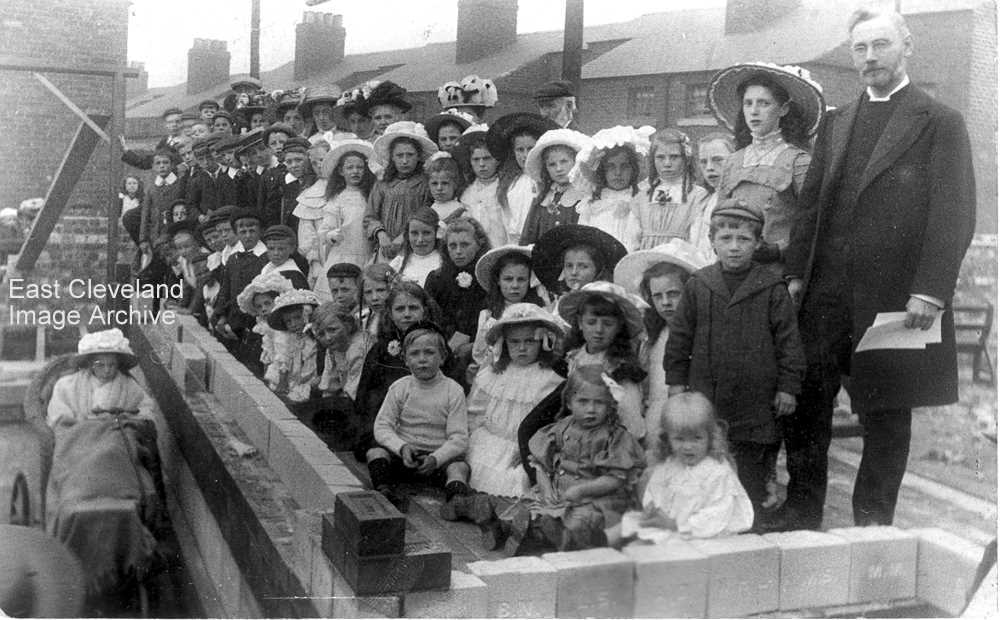
Foundation stone laying ceremony of the ill-fated chapel at the end of High Row and Hartington Street; this postcard image by T C Booth of Loftus shows an array of younger members of the potential congregation or were they just keen to get in the picture? This building had to be demolished following the landslip in 1927, being relocated to Deepdale Road. Marjorie Magor tells us: ” Many people (bought a brick) hence the initials on the sandstone one`s. I know my family did (DADD) Also the (ELDERS) family on Cliffe Crescent.” Yet again no further details of date, people involved etc. Can anybody help?
Image courtesy of Mrs Dilys Thompson and thanks to Marjorie Magor for the update.
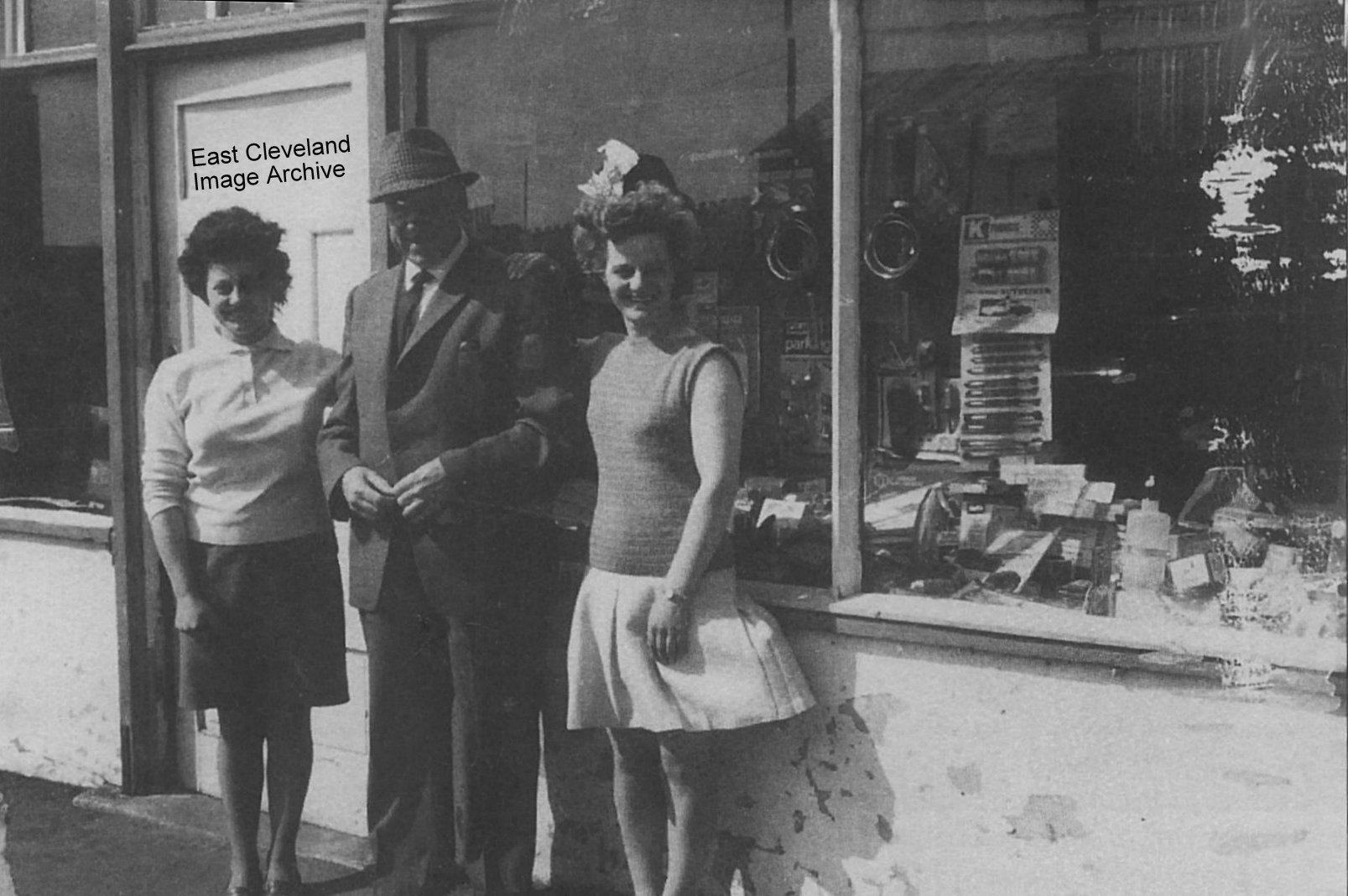
Fred Rivet pictured outside the shop which was situated across the forecourt from his garage, with to his right, Jean Duck (nee Busomworth) and her sister-in-law Florrie Duck in 1973. Mrs Duck was a United bus conductress, her husband Alan had bought the garage at the time; he demolished the little shop when he bought the garage. In its lifetime had been many things, including a sweet and ice cream shop with tables outside.
Image and information courtesy of a Loftus Town Crier calendar.
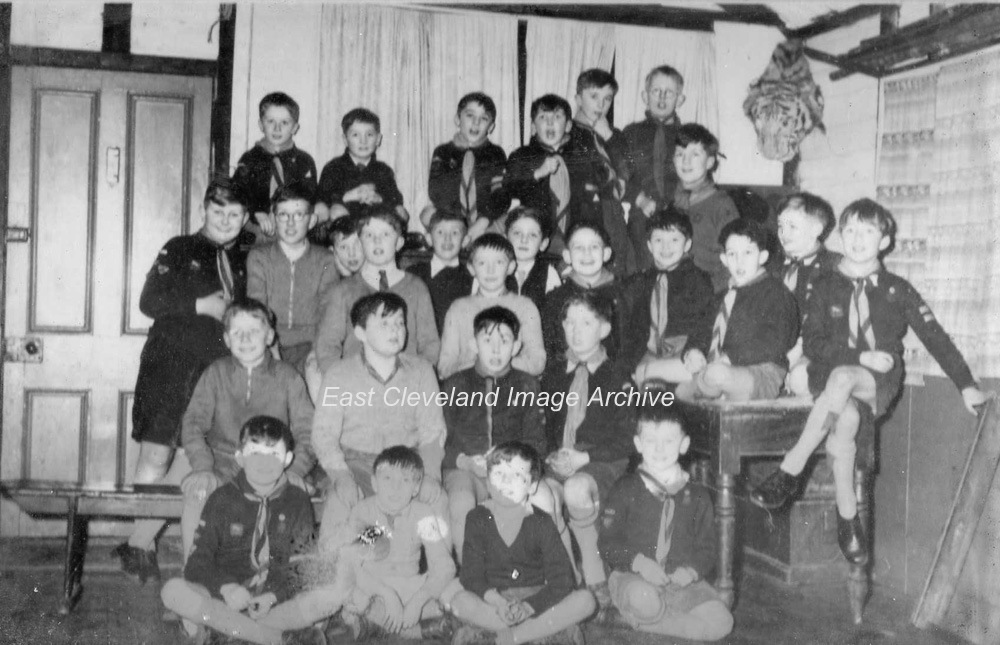
Originally posted this image was listed as Loftus Scouts, but we now know they were Wolf Cubs! This following a comment by Malcolm Covell: “Firstly they aren’t Scouts they are Cubs. I’m 1st left on back row and I was only about 8 or 9 at the time, next to me is Brian Lightfoot ( 2 years younger). Next to him is my brother Dennis Covell (as Sixer = two stripes), he would be about 10; he was born 1947, so it puts the photograph at 1957/58. I can vaguely remember this photo being taken I think there was some sort of big Jamboree that year. Michael Jones is in front of me to the left.”
Back row: Malcolm Covell, Brian Lightfoot, Dennis Covell, ?? , ?? , ?? , ?? .
Third row: Michael Jones, ?? , ?? , ?? , ?? , ?? , ?? , ?? , ?? , ?? , ?? , ?? .
Second row: ?? , ?? , ?? , ?? .
Front row: ?? , ?? , ?? , ?? .
Image courtesy of Stephen Steyert and thanks to Malcolm Covell for that update, can anybody help put a name to the faces?
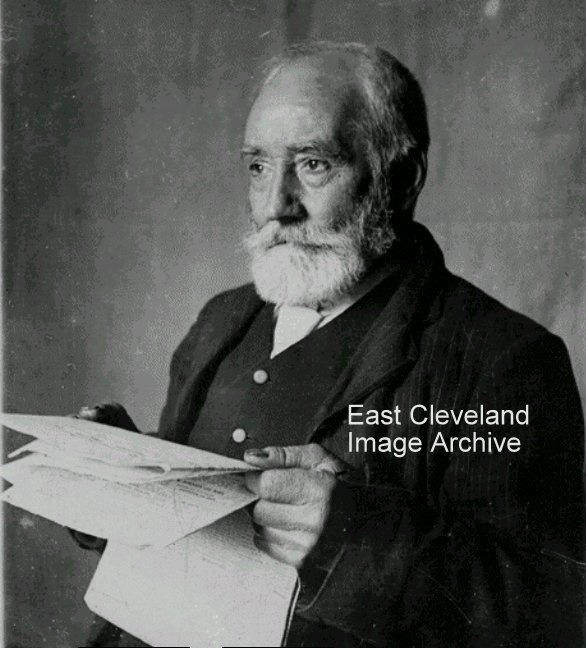
A beautiful portrait of Dyson Nutt in his later years. This Loftus worthy was born in 1844 and was a familiar figure around Loftus as he fulfilled his various duties to the Council. During his life in Loftus he lived in several different houses in Loftus, including Westfield Terrace and the Georgian pillard house in the Market Place. He lies in Loy Lane Cemetery, whose burials he oversaw for most of his working life.
The photograph looks to have been taken from Ben Scotts field with a view of Westfield Estate in the background. The revival of Loftus Wool Fair – in 1989 – part of developments by Loftus Civic Trust to improve community spirit. The girl with balloon, Emma Whitney, next Elsie Pass, then Miffy Wood and wife, then Eileen Found. The year was 1989, held at the football field, Betty Garbutt-Johns, was “Chairman” of the Wool Fair committee.
Image courtesy of Eric Johnson, thanks to Stephen Steyert and Eric Johnson for the updates.
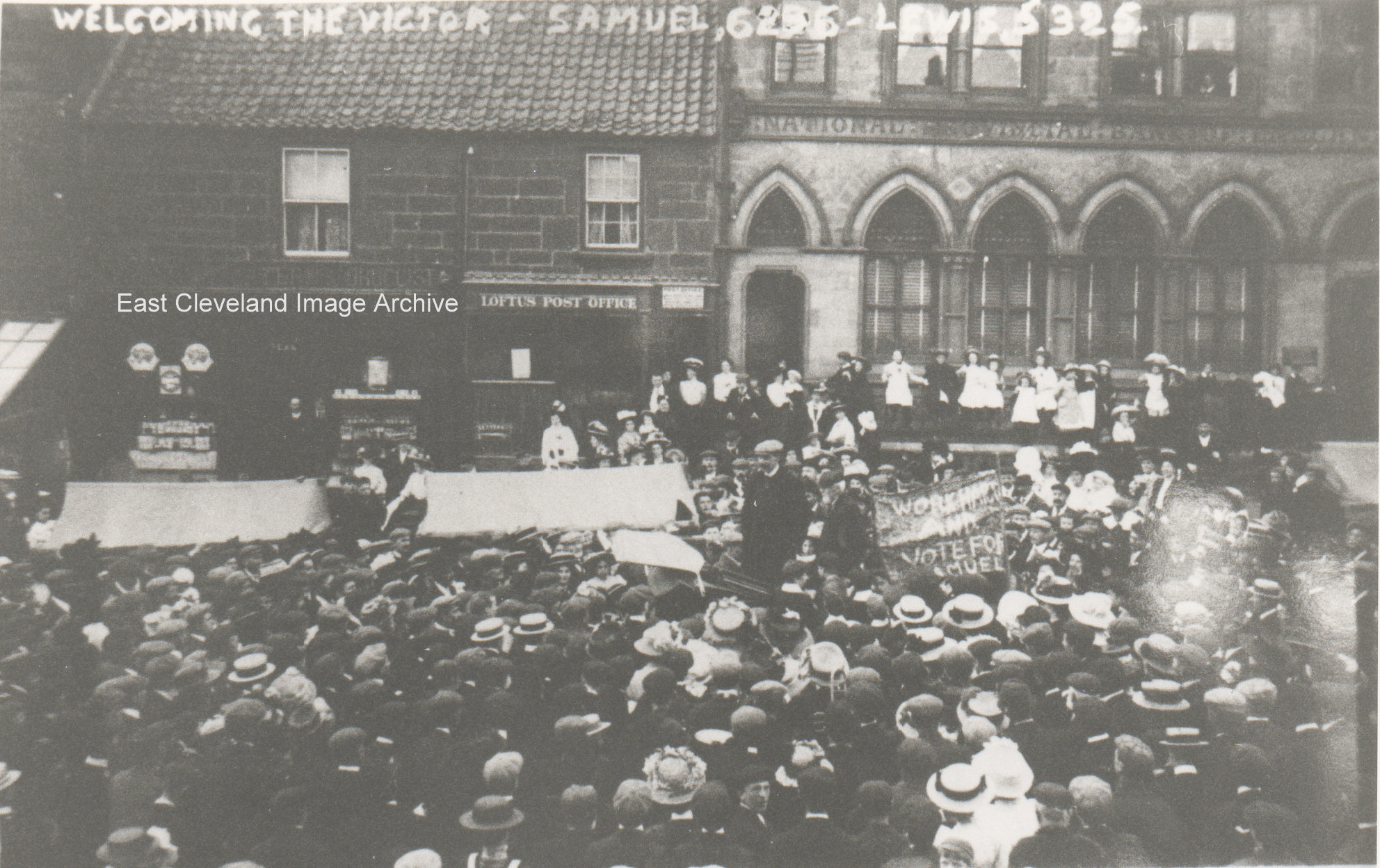
A triumphant return to Loftus for Mr Samuel the winner of the by-election, the post office is easily picked out, with the chemist next door. Interestingly with an electorate of 12,360 Mr Samuel won the seat casting 5,834 votes with his opponent Geoffrey Drage casting 3,798, giving a turn-out of some 70+%; how different to today?
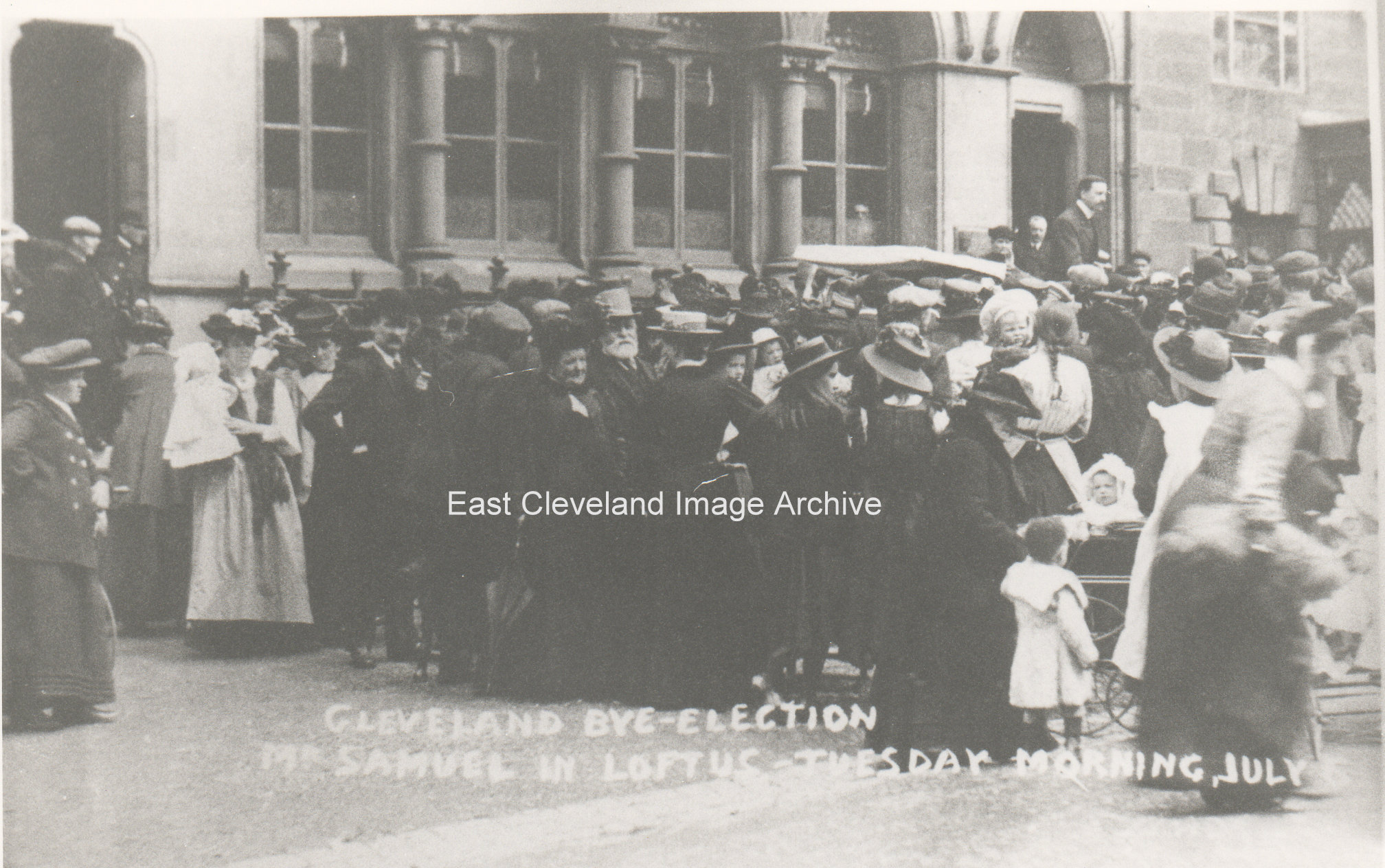
The caption on the photograph says it all, Cleveland by-election Mr Samuel in Loftus Tuesday July 6th, 1902. Outside what used to be the National Provincial Bank later the Nation Westminster Bank (NatWest). The by-election followed the resignation of the standing Liberal MP, Alfred Edward Pease on the grounds of ill-health. Pease had previously been the MP for York from 1885 until 1892; Despite this plea of poor health, Pease actually lived for another 37 years and spent much of the rest of his life in British East Africa (known as Kenya from 1920), hunting game and entertaining travellers who came for the safaris.
Believed to be Harry Wrightson blacksmith at Loftus Forge in 1900, with John Ward Hopper (who was apprenticed to Harry Wrightson) on the left. John Ward Hopper was the Grandfather of Maurice Toulson of the Loftus Town Crier. Loftus Forge was built by Lord Zetland at the turn of the century, in what was then his timber yard, with his estate office nearby. The forge was rented to Mr John Wrightson for £15 per year. John Smith advised us: “I’d question this as Harry wasn’t born until 1901 in Guisborough (unless there is another Harry). It might be his Father, John or the date may be incorrect? Harry was my Grandmother’s cousin and I remember going to stay at the forge in the 1960’s.”
The gentleman holding the horse is unknown. Can you help?
Image courtesy of Olive Bennett and thanks to John Smith and Mary Thewlis for the updates.
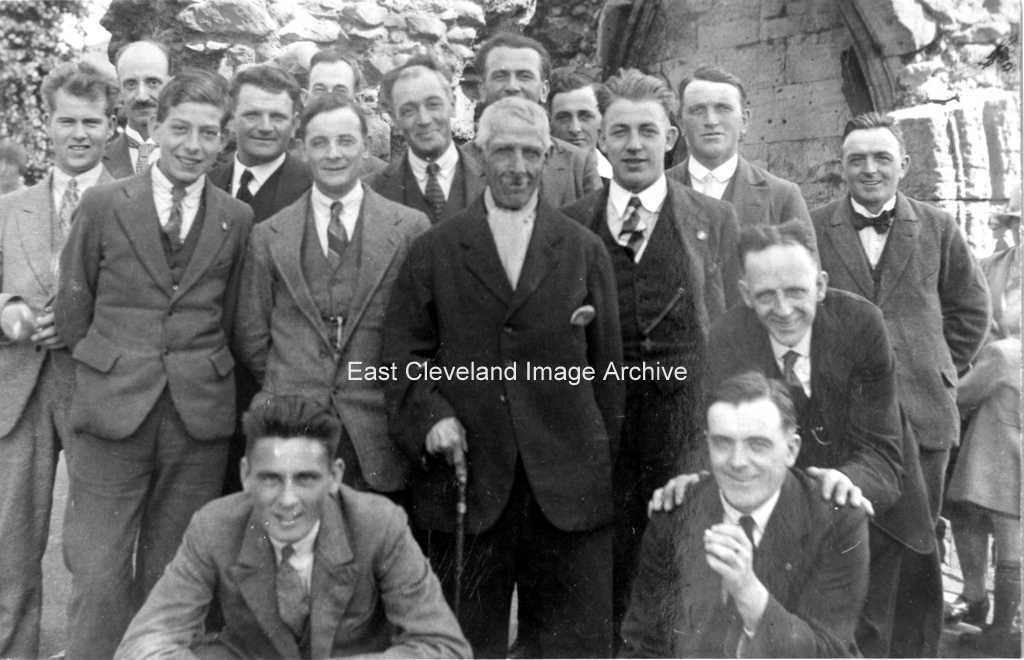
The Archive hasn’t a clue who these men were, or where they were – at a guess it might have something to do with the distinguished-looking gentleman with the cane in the middle of the group. Can anybody help us out?
Wayne Raspison tells us: “The gentleman in the middle is Thomas Vincent Raspison my great grandfather. I was led to believe the picture was taken on a church outing but I don’t know where. I think it would have been around the late 1920’s as he died in 1930. Originally from Gravesend in Kent he came to the area in the early 1870’s to find work originally in a printers shop and then as an ironstone miner. He lived in High Row for most of that time and married a local girl Elizabeth Thomas. I have this obituary from a newspaper cutting.
‘Obituary Death of Mr. Thomas Vincent Raspison: On Wednesday, last week, the death took place of one of the most familiar and best known personalities of Loftus, in the person of Mr. Thomas Vincent Raspison. The deceased was a widower, his wife having pre-deceased him about 16 years ago, and had attained the ripe age of seventy-nine years. For some time he had been in failing health, and his death followed upon a seizure. On his retirement as an ironstone miner Mr. Raspison assisted Mr. W. J. Robinson, auctioneer, and had a very jocular manner in carrying out his duties, and his genial presence will be greatly missed. The deceased was a keen lover of sport, and was one of the pioneers of the Loftus Athletic Sports Club and a member of the Committee. For about forty years Mr. Raspison officiated as the town bellman, and for thirty-five years he was organ blower at St. Leonard’s Parish Church, and recently, as a mark of appreciation of his faithful services, the choir and members of the congregation presented him with a handsome testimonial, which he highly appreciated. The funeral took place on Saturday afternoon at the Loftus Cemetery, there being a large and representative gathering. The first portion of the burial service took place at St. Leonard’s Parish Church, which was conducted by the Rev. C. Ramsden (Rector) and Captain Halls (Church Mission). Two of the deceased’s favourite hymns were impressively sung “Lead, kindly light,” and “O God, our help in ages past,” and on the procession leaving the church the “Dead March” (in Saul) was played by Mr. C. Trevillion, the organist. The coffin bore several beautiful wreaths and floral tokens of esteem, including one from each of his four sons.”
Many thanks to Wayne Raspison for that update.
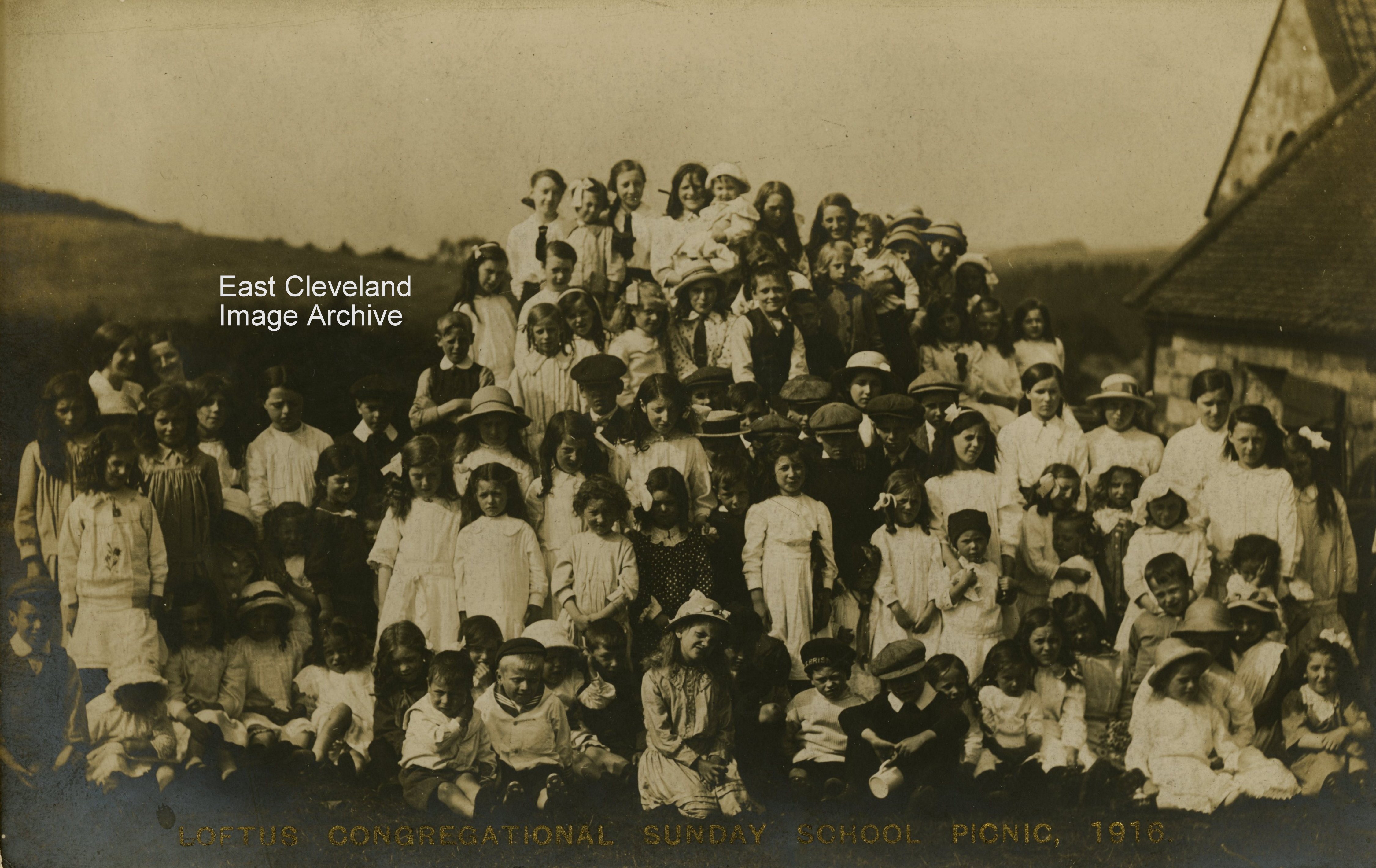
An awful lot of children here, from the very small to the almost adult. The non-conformist churches, in general, were more philanthropic than the orthodox church and organised events which encompassed their whole congregation. In this case all of the children would have been driven up here (possibly on the back of farmers’ wagons, although by this time possibly even in a charabanc or motor bus) and treated to a picnic in one of the local farmer’s fields. Games and competitions, usually with prizes, would ensue and in the late afternoon all would return home again happy and sleepy (all except those who never won a prize, perhaps?). My mother used to tell me of similar events that she had participated in (funnily enough she was christened into the Congregational Church), she always spoke of them with fond affection.
Image courtesy of Olive Bennett.
Page 13 of 15« First«...1112131415»
|
|




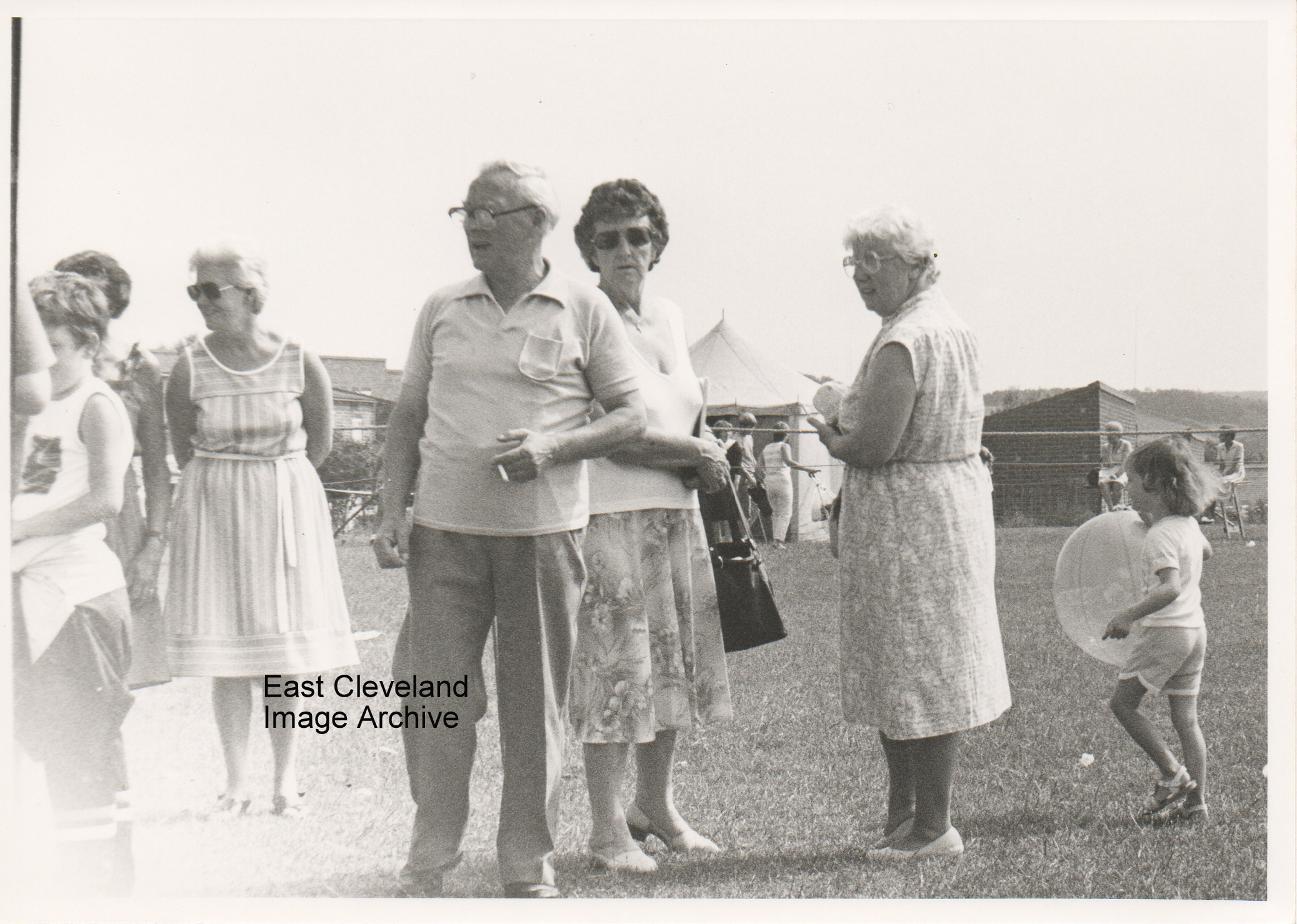


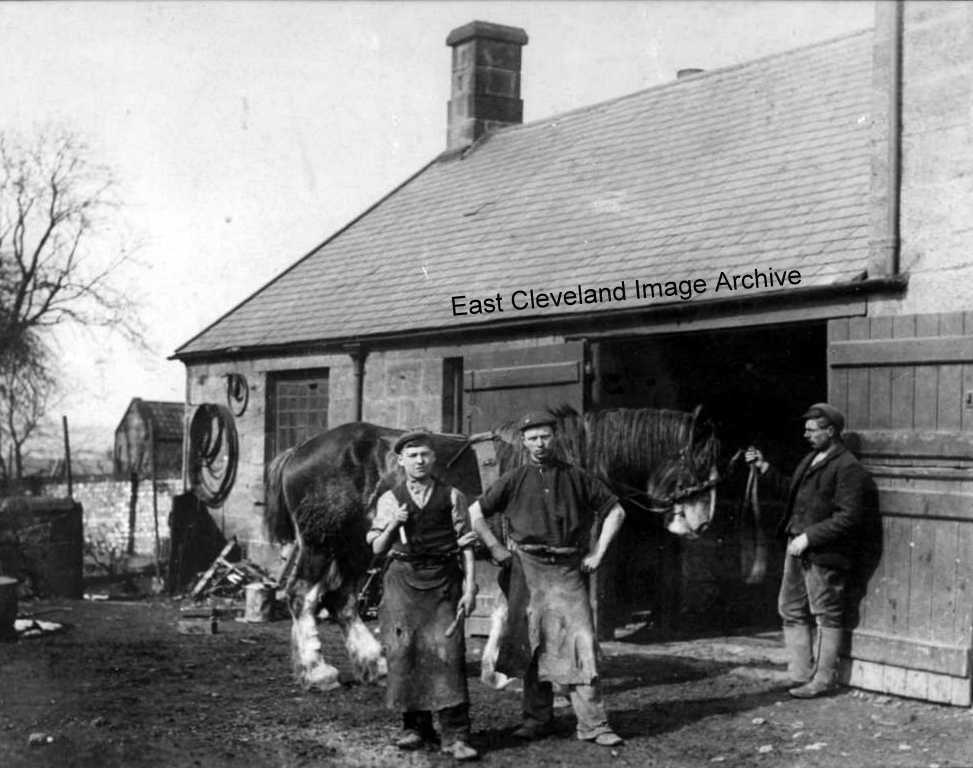


Recent Comments